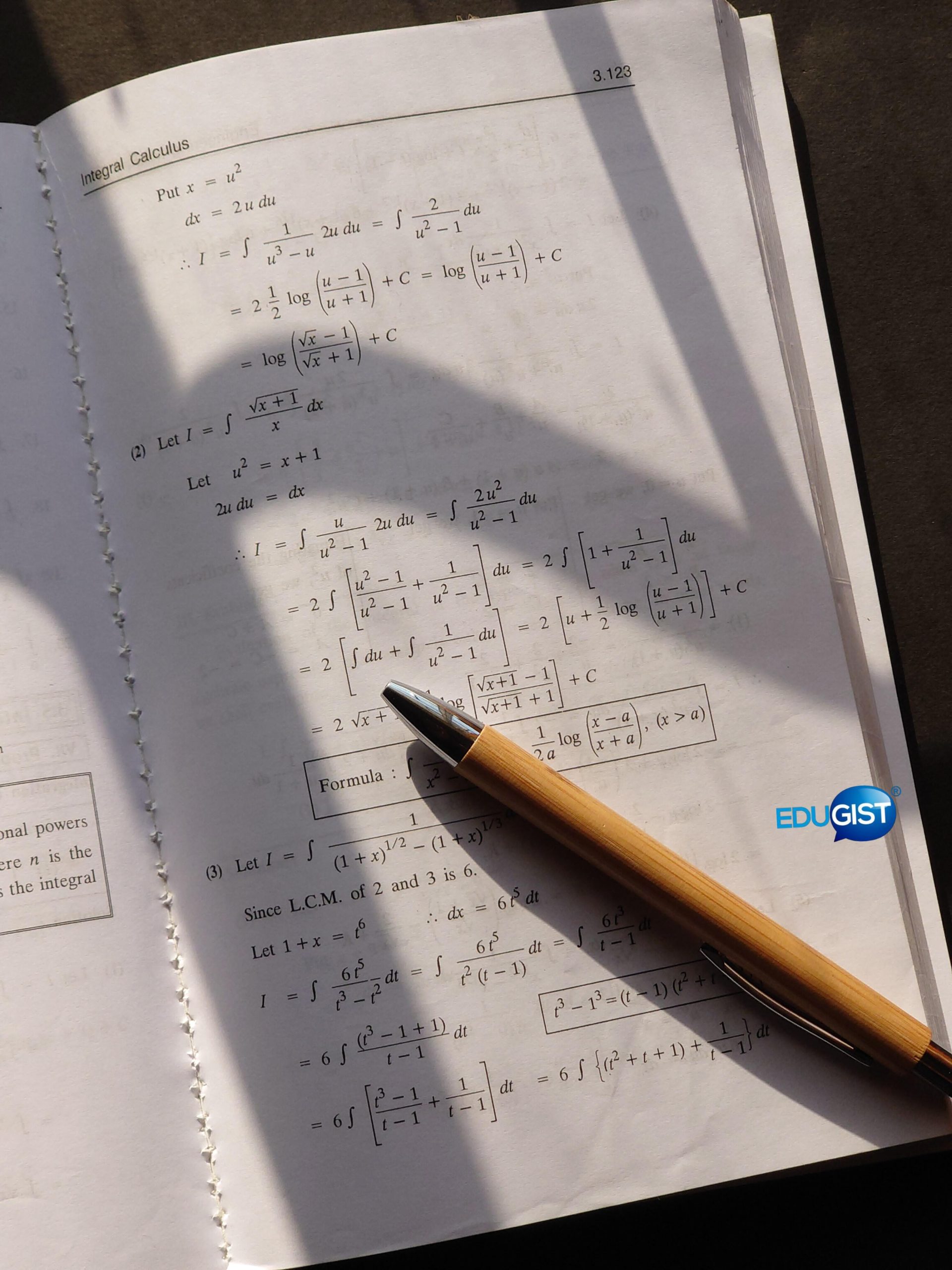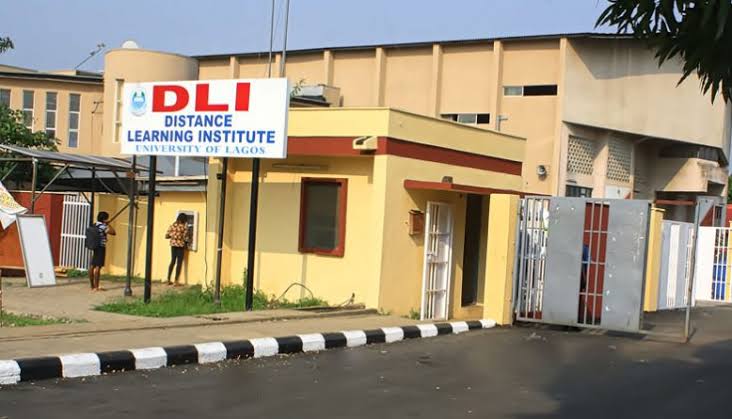Years after years students are subjected to solving questions – textbooks, worksheets, home works, quizzes etc. However, students end up asking what or when is the application of all that had learnt/done in all the Math classes!
I hear some of my students asking me “are you not giving us home tasks?” and when I reply “do you want some?”, they quickly shout an emphatic NO!!!(obviously). All I ask them to do is to look out for problems that can be solved with topics learnt.
Our students are only subjected to solving questions that are printed on the pages of books (I wonder the origin of some of the questions), Math is more than that!
Solving loads of questions in textbooks without being able to apply what is being learnt in real life situations only help develop “Procedural Understanding” and the lack of “Conceptual Understanding” (kindly note the underlined words).
While it is great having good procedural understanding, “these mathematical procedures are much like recipes that efficiency experts have developed to enable people to go straight to specific kinds of answers when confronted with particular kinds of well-defined problems”.
Remember the pain of “learning” the multiplication table – of course I should have described it as memorizing and not learning, without understanding the concept of Multiplication.
How about solving day to day problems we experience?
Sometimes we hear figures and we don’t know the weight or worth, hence we don’t value or condemn what it is about.
- How about allowing students generate problems to be solved?
- How about analyzing the ratio of unemployed to the number jobs created by the government as promised?
- How about discussing the amount spent on 1kilometer length of road and breaking it down to amount spent on 1meter?
Students need to understand discounts, taxes etc not just on pages of books but in real life.
Let’s begin to solve real life problems with Math, compare questions in textbooks with real life issues.
Let’s spark up curiosity in students.
Less textbook questions solving and more of real problems solving.
The ability to apply Math concepts in day-to-day activities is a great way to develop critical thinkers and problem solvers.
What’s the difference between conceptual understanding and procedural understanding?
How can we help students develop conceptual understanding?
I’ll be sharing insights in my next writeup.
Learn mathematics, use mathematics!










